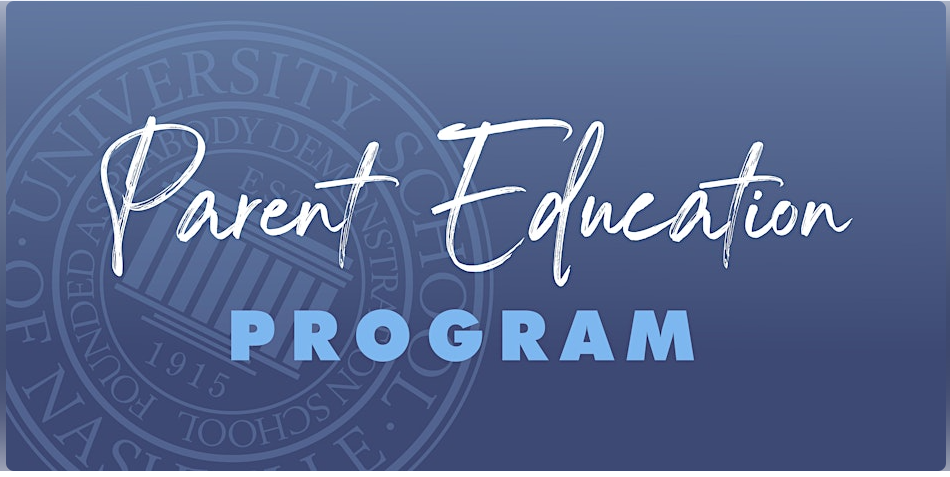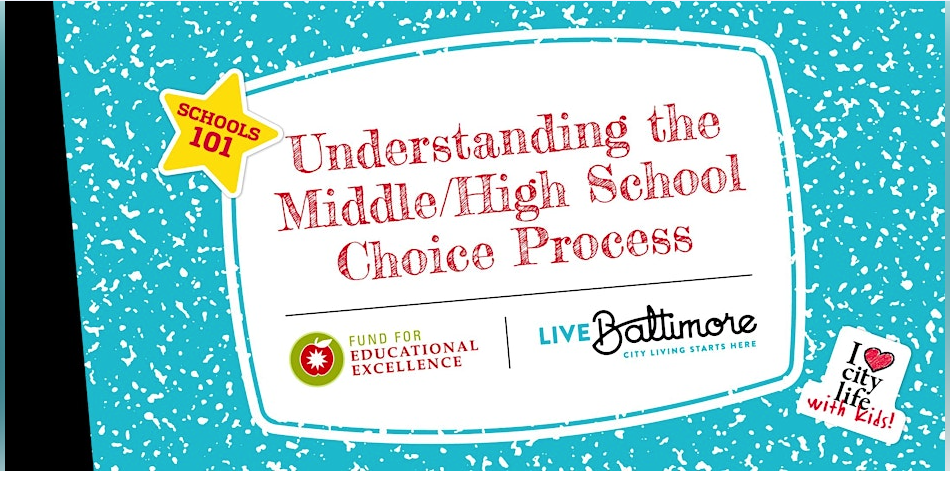For international students with dreams of becoming doctors in the United States, BS/MD programs offer a golden opportunity. These highly competitive programs guarantee a spot in medical school straight from high school—saving students from the stress of applying to med school later on.
But here’s the challenge: very few BS/MD programs accept international students. If you’re one of the driven few looking for these rare gems, this post is for you.
Below are 7 BS/MD programs that welcome international students, complete with pros, cons, admissions insights, and what life is like once you’re in. 🎓💉
🧠 1. Brown University – Program in Liberal Medical Education (PLME)
What It Is:
Brown’s PLME is the only Ivy League BS/MD program. It spans 8 years, blending liberal arts education with a medical degree from the Warren Alpert Medical School.
✅ Pros:
-
No MCAT required.
-
Ivy League prestige and flexibility.
-
Encourages interdisciplinary studies.
❌ Cons:
-
Extremely competitive (~2-3% acceptance).
-
High tuition and limited aid for international students.
🔍 Admissions:
-
Stellar GPA, academic rigor.
-
Exceptional writing and healthcare experience.
-
SAT/ACT optional, but competitive applicants often submit high scores.
💪 Strengths:
-
Open curriculum and research freedom.
-
Strong pre-medical advising.
⚠️ Weaknesses:
-
Stressful academic demands.
-
Very few spots for non-U.S. citizens.
🎯 Expect:
-
A nurturing, yet intellectually demanding space that values independence.
🧠 2. Case Western Reserve University – Pre-Professional Scholars Program (PPSP)
What It Is:
A conditional medical (or dental) school guarantee at a top-tier research university. Optional MCAT.
✅ Pros:
-
Research opportunities from year one.
-
Located in Cleveland’s health hub.
-
Optional MCAT.
❌ Cons:
-
Conditional acceptance—requires strong undergrad performance.
-
Limited seats.
🔍 Admissions:
-
Top 1-2% of your class.
-
Strong science, leadership, and healthcare activities.
💪 Strengths:
-
Nationally ranked med school.
-
Close to Cleveland Clinic and University Hospitals.
⚠️ Weaknesses:
-
Not direct admission—requires continued performance.
-
Fast-paced, demanding curriculum.
🎯 Expect:
-
Rigorous academics in a collaborative, research-focused environment.
🧠 3. NJIT / American University of Antigua (AUA)
What It Is:
A 7-year BS/MD program between NJIT (New Jersey) and AUA (Caribbean). Three years in the U.S., then four years of medical school.
✅ Pros:
-
More accessible for international students.
-
Accelerated pathway.
-
U.S. clinical rotations at AUA.
❌ Cons:
-
Caribbean med schools can face stigma.
-
Residency placement may be more competitive.
🔍 Admissions:
-
Solid GPA/test scores.
-
Demonstrated passion for medicine.
💪 Strengths:
-
Structured and focused curriculum.
-
Clinical exposure in the U.S.
⚠️ Weaknesses:
-
Limited research and prestige.
-
Higher tuition for international students.
🎯 Expect:
-
A disciplined environment and focused medical training pathway.
🧠 4. NJIT / St. George’s University School of Medicine (SGU)
What It Is:
Another NJIT 7-year BS/MD partnership, this time with St. George’s University in Grenada, which has a stronger U.S. residency match reputation than most Caribbean schools.
✅ Pros:
-
Better match rates than many Caribbean schools.
-
U.S.-based clinical rotations.
-
Internationally friendly.
❌ Cons:
-
Still carries “Caribbean med school” concerns.
-
Not as research-heavy.
🔍 Admissions:
-
Competitive GPA.
-
Focus on healthcare shadowing and commitment.
💪 Strengths:
-
Pathway for global medical education.
-
Good U.S. connections for clinical training.
⚠️ Weaknesses:
-
Residency placement remains a challenge for some specialties.
🎯 Expect:
-
Diverse and global medical exposure with U.S. alignment.
🧠 5. Pennsylvania State University – Accelerated Premedical-Medical Program (PMM)
What It Is:
A prestigious 7-year partnership between Penn State and Sidney Kimmel Medical College (SKMC).
✅ Pros:
-
Well-structured timeline (3 years undergrad, 4 years med).
-
Long-established reputation.
-
Direct path to a strong U.S. med school.
❌ Cons:
-
MCAT required.
-
Requires GPA and SAT maintenance.
🔍 Admissions:
-
Excellent grades and SAT (often >1450).
-
Long-term commitment to medicine.
💪 Strengths:
-
High-caliber education and mentorship.
-
Access to Penn State’s vast resources.
⚠️ Weaknesses:
-
Intense academic track.
-
Less flexibility in course load.
🎯 Expect:
-
Academic discipline, strong peer community, and structured advancement.
🧠 6. University of Connecticut – Special Program in Medicine
What It Is:
UConn’s Special Program in Medicine is an 8-year BS/MD track leading to the UConn School of Medicine.
✅ Pros:
-
Personalized faculty mentorship.
-
Strong public health and community medicine emphasis.
❌ Cons:
-
Preference for CT residents.
-
Requires MCAT and GPA thresholds.
🔍 Admissions:
-
Top academic performers.
-
Service and leadership experiences stand out.
💪 Strengths:
-
Strong clinical access via UConn Health.
-
Focus on preventive care and local health.
⚠️ Weaknesses:
-
Less national brand recognition.
-
Smaller program footprint.
🎯 Expect:
-
Tight-knit program with real-world medical service experiences.
🧠 7. University of Rochester – Rochester Early Medical Scholars (REMS)
What It Is:
The REMS program is a highly selective 8-year BS/MD program offering guaranteed admission to the University of Rochester School of Medicine.
✅ Pros:
-
No MCAT required.
-
Early research and clinical exposure.
-
Focus on medical humanities.
❌ Cons:
-
Only 10 students admitted annually.
-
High academic demands.
🔍 Admissions:
-
Academic excellence and maturity.
-
Unique extracurriculars and strong writing skills.
💪 Strengths:
-
Personal faculty advising.
-
Integration of research, medicine, and liberal arts.
⚠️ Weaknesses:
-
Cold weather and small cohort may not suit everyone.
🎯 Expect:
-
A humanistic, forward-thinking medical education rooted in science and service.
✨ Final Thoughts
Choosing the right BS/MD program as an international student is more than just about rankings—it’s about fit. Ask yourself:
-
Do you want flexibility or structure?
-
Can you manage the pressure of conditional requirements?
-
Are you ready to commit to medicine at 17 or 18?
With these eight programs, you’re now empowered with the facts. All that’s left is the decision—and the application.




Get involved!
Comments